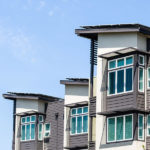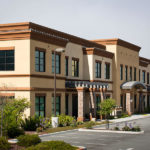Common Termites Control in Bay Area, CA
Why Identifying Common Termite Species Matters in Bay Area, CA
Protecting your home from damage starts by understanding the termite species around you. Three common types of termites are found in the Bay Area, CA: subterranean termites, drywood termites, and dampwood termites. At MightyMite Termites, our experienced technicians focus on identifying termites and other common pests, offering customized solutions to safeguard your property. Knowing how to spot the signs of different termite species can make the difference in maintaining your home’s integrity and ensuring peace of mind.
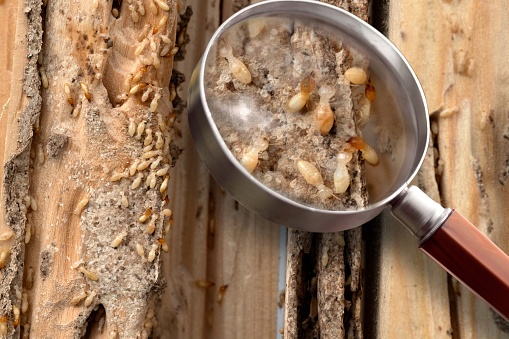
Types of Termites
Understanding the types of termites commonly found in the Bay Area is essential for protecting your property. Each termite species has unique behaviors, preferences, and signs of infestation that can help you identify a problem early on. Acting swiftly can ensure effective treatment and minimize costly damages. The three most prevalent types of termites in our area include:
- Drywood Termites – Drywood termites thrive within the wood they consume, extracting nutrition and moisture directly from it. As a species, they aren’t selective, feeding on softwood and hardwood to get what they need, and are most active in warmer weather, around July to October.
- Subterranean Termites – Living in the soil beneath structures, subterranean termites need high moisture levels to survive. They primarily feed on soft, moisture-rich wood, seriously threatening properties near damp conditions.
- Dampwood Termites – Larger than other termite species, dampwood termites target moist, decaying wood. Leaks, water-damaged areas, or ground-wood connections provide them with the best nesting sites.
How Can I Tell Which Termite I Have?
Homeowners can identify the termite species invading their property by examining specific traits and the types of damage seen. Paying attention to where the termites are and how they behave can possibly help you narrow down the type of termite species present without needing extensive knowledge. Below is a simple guide to help you differentiate between the common termite species:
- Subterranean Termites – Because they live underground, subterranean termites are known for building distinctive mud tubes to access the wood above ground. They create honeycomb-like damage patterns inside wood, leaving it hollow. Additionally, their swarmers are dark brown or black with clear wings, while the workers are creamy white and soft-bodied.
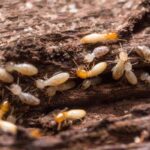
- Drywood Termites – These termites typically infest dry, solid wood in attics and furniture. They produce small, grain-like droppings called pellets near infested areas, and their damage is clean and smooth inside the wood. Their swarmers are light brown with transparent wings, while soldiers are equipped with noticeable mandibles.
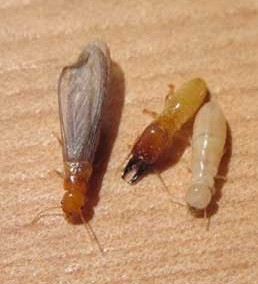
- Dampwood Termites – Thriving in moist environments, dampwood termites are typically found in leaky basements or roofs. They carve out smooth tunnels in the dampwood without creating any mud tubes, leaving affected areas feeling soft or spongy to the touch. Typically larger than other species, swarmers appear brownish, and soldiers have large heads and noticeable mandibles.
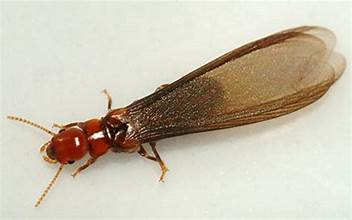
The Danger of Misidentifying Termites
Accurately identifying termite species is essential to ensure you get effective treatment. Each type of termite poses unique challenges and requires specific solutions to address their infestation. Misidentifying termites can lead to a host of issues, including:
- Ineffective Treatment – Choosing the wrong treatment method can lead to ineffective termite control. For example, subterranean termites thrive underground and need soil treatments, while drywood termites require fumigation or targeted solutions.
- Delayed Damage Control – Misidentifying species delays proper treatment, giving termites more time to compromise your home’s structure.
- Costly Mistakes – Spending money on ineffective treatments will only increase future costs to implement the correct treatment.
- Reinfestation Risks – Without addressing the root cause of termite infestations, like excess moisture for dampwood termites, infestations can return as quickly as they disappear.
Species-Specific Treatment Solutions
Once the correct termite species has been identified, it’s time to treat and remove your infestation. Each type of termite has unique habits and vulnerabilities, requiring specific treatment methods to properly remove them from your home. Understanding these differences is essential to remove the infestation and protect your home from further damage.
- Drywood Termites – These termites are typically treated using fumigation or targeted pesticide applications. Fumigation is a comprehensive solution that penetrates every crevice of your home, ensuring all termites are eliminated, and is ideal for large infestations. Spot treatments localize infestations by directly injecting pesticides into the affected areas.
- Dampwood Termites – Addressing a dampwood infestation starts by removing the sources of moisture where these termites thrive. Infested wood can be physically removed and destroyed to eradicate them. However, by eliminating the moisture source, allowing the colony to survive will drop the moisture content of the wood they are living in below the 70% moisture threshold necessary to sustain their life, and they will die off naturally without the necessity to apply any pesticide materials.
- Subterranean Termites – Subterranean termite treatments involve soil-applied insecticides. Soil treatments form a barrier around the home’s foundation, preventing the pests from entering and providing long-term protection. Correcting structural vulnerabilities, like sealing cracks, is vital to prevent future infestations.
Why Choose MightyMite for Termite Control
At MightyMite Termite, we prioritize your peace of mind with reliable and timely termite solutions. Our experienced team provides personalized treatments for every termite species, ensuring protection for your home. We emphasize customer education, equipping you with the knowledge to make confident decisions about your property. Free inspections make it easy to understand the extent of a termite infestation without added financial stress. When you need dependable services, you can count on us for thorough treatments to keep you and your home safe.
Schedule a Free Inspection Today for a Pest-Free Tomorrow
Trust MightMite Termite Services for professional care. Serving Bay Area homes, we specialize in effective termite and pest control solutions that put safety first. Our licensed team delivers treatments you can count on, with strong warranties for lasting protection. Don’t know where to start? Schedule your free inspection now. Contact us today and take the first step toward a pest-free property. Your peace of mind is only a call away!





